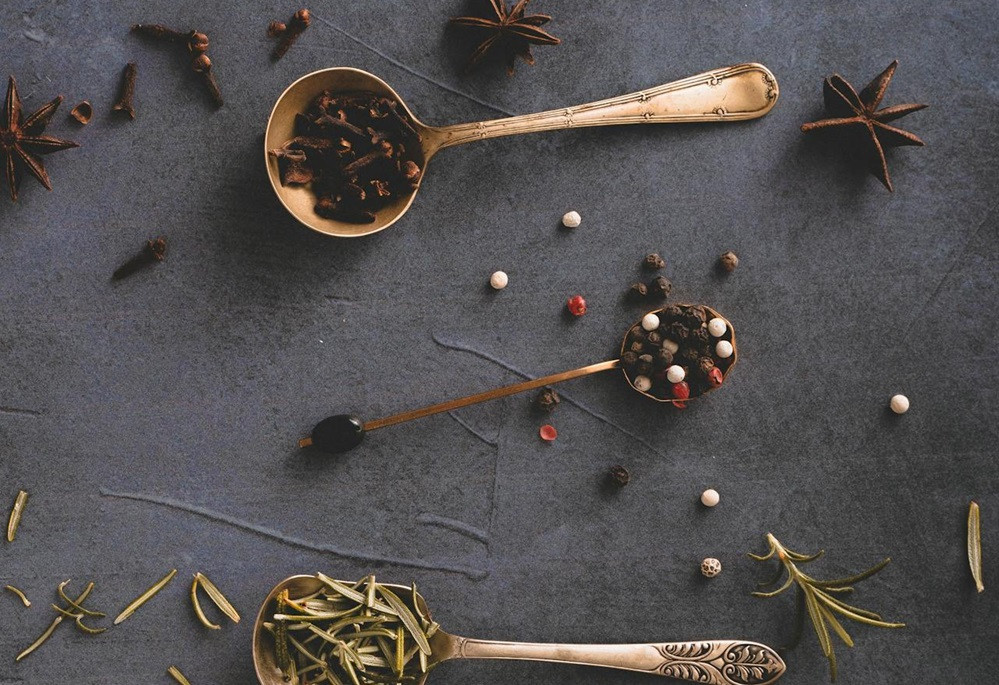Unlocking the Secrets of Seasoning for Culinary Excellence
Posted by Renae Colbert on 5th Mar 2024
In the gastronomic world of culinary arts, herbs and spices are indispensable. These natural flavour enhancers transform a simple dish into a masterpiece, offering depth, aroma, and complexity to the palate. Understanding the role of herbs and spices and the nuances of seasoning and flavouring is crucial for any home chef or culinary enthusiast wanting to elevate their cooking and delight their friends and family.
The Essence of Herbs and Spices
Herbs and spices serve as the foundation of flavour in cooking, with herbs typically derived from the green, leafy parts of plants and are known for their fresh and subtle flavours. Think basil, rosemary, and cilantro, each bringing a unique profile to dishes.
Spices, on the other hand, come from the seeds, bark, roots, or fruits of plants and trees, offering a more intense and concentrated taste - think cinnamon, turmeric, and black pepper. Seasonings and flavourings encompass a broader category, including salts, vinegars, and extracts, used to enhance or add new dimensions to the flavour of food. We provide herbs and spices Australia loves!
Exploring Ethnic and Flavour Categories
The beauty of herbs and spices lies in their versatility and the ability to transcend cultural boundaries, making them integral to a variety of different ethnic cuisines. Grouping these flavour enhancers by ethnic and flavour categories can provide a structured approach to experimenting with them in the kitchen.
Continental Flavours: European cuisines often rely on a delicate balance of herbs, for example, thyme, rosemary, and sage, which complement a wide range of dishes from roasts to sauces. Lavender and tarragon also feature prominently, offering a unique floral note to French cooking.
Asian Sensations: The vast continent of Asia utilises a vibrant palette of spices and herbs, for example, lemongrass, ginger, and star anise are staples in Southeast Asian kitchens, providing a citrusy and spicy kick. Meanwhile, Indian cuisine is renowned for its use of cumin, cardamom, and coriander, creating richly spiced dishes full of warmth and depth.
Mexican Zest: Mexican cuisine is famous for its bold use of cilantro, chilli peppers, and cumin, offering a distinctive flavour that’s both spicy and earthy. These ingredients are essential for creating the authentic taste of salsas and marinades that define this vibrant culinary tradition.

A Culinary Adventure Awaits
Venturing into the world of herbs and spices is akin to embarking on a global culinary adventure from the comfort of your kitchen. That’s because when you understand the unique properties and uses of various herbs and spices, you can experiment with flavour combinations and techniques that breathe new life into your dishes. Organic herbs are also popular with many cooks of all standards.
Unleashing the Symphony of Flavours
The art of using herbs and spices is a testament to the creativity and diversity of cooking. These natural treasures offer endless possibilities for flavouring dishes, allowing chefs and home cooks to express their culinary vision.
Whether drawing on the aromatic herbs of continental cuisine, the bold spices of Asian dishes, or the fiery flavours of Mexican cooking, each ingredient plays a pivotal role in the symphony of flavours that define our eating experiences.
So, get ready to embrace the journey of exploration and discovery in your cooking, and let the magic of herbs and spices lead the way to more tasty and exciting dishes. With every pinch and sprinkle, you're not just seasoning your food; you're weaving together the rich tapestry of cultures and traditions that make our world so deliciously diverse.

